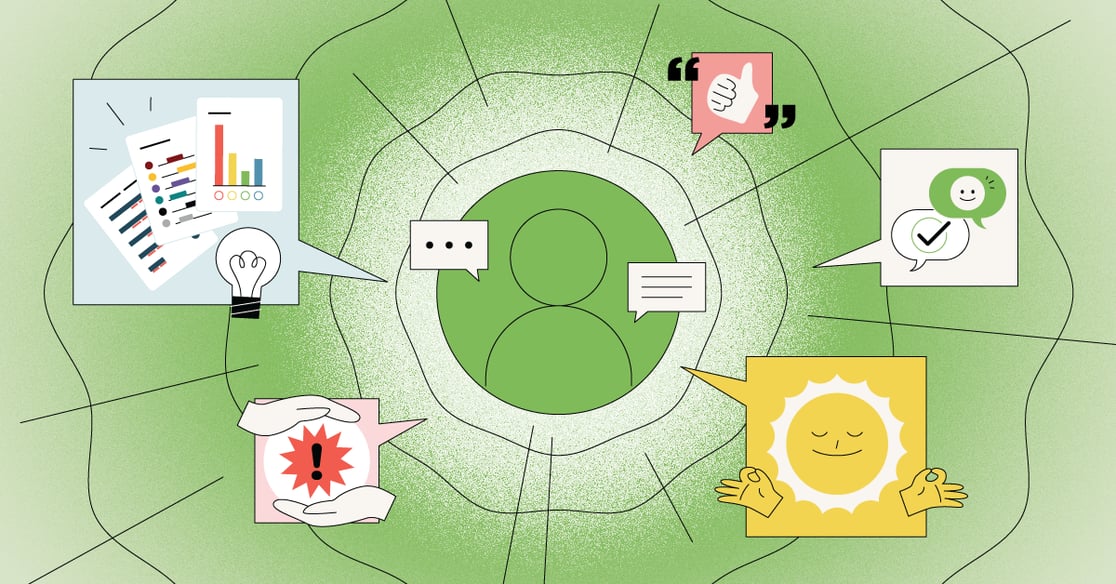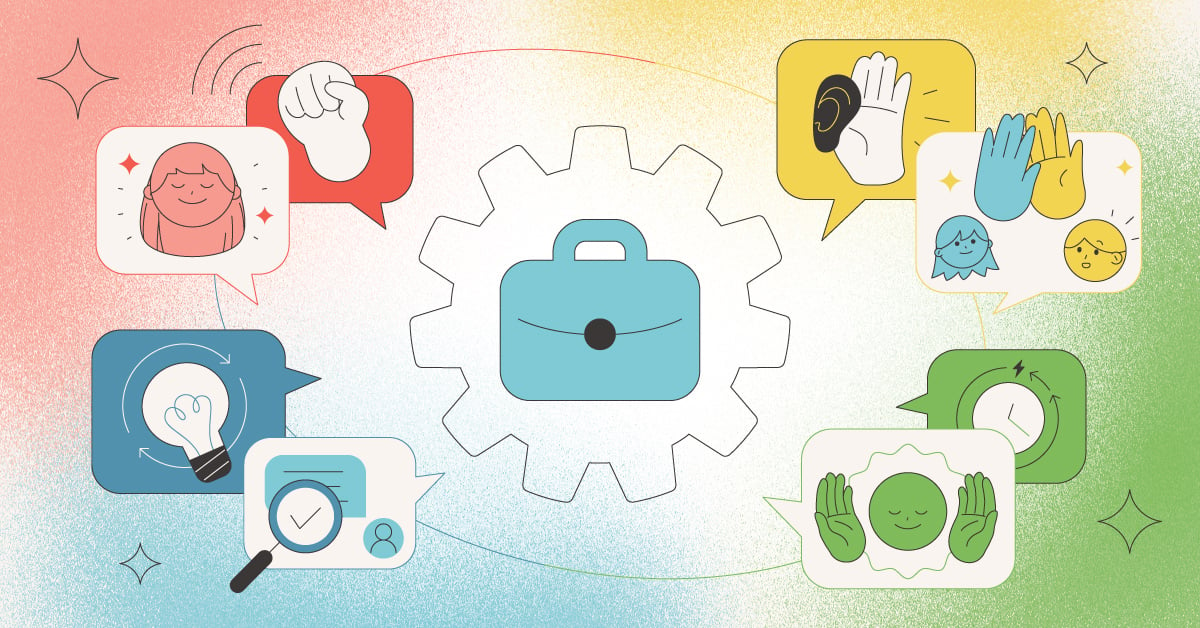
Improving communication might seem like a lofty goal, but it's a worthy pursuit for anyone in a corporate environment. According to Forbes, "nearly 50% of respondents reported that ineffective communication impacted job satisfaction while 42% said it affected stress levels." The same report showed that 52% of workers reported that poor communication impacts trust in their teams.
Be the change needed in the workplace by becoming an excellent communicator! Here are some best practices to improve interpersonal communication and find a way to connect with anyone.
Assume Positive Intent

If you're working in a high-stress environment, assuming everyone is only looking out for themselves might be natural. When a project isn't completed on time, or you don't get the follow-up you need, it can feel personal, especially if your organization has a history of placing blame and pointing fingers.
That negativity can stop with you! Approach mistakes and misunderstandings with empathy, and work to assume the positive intent of the people around you. Asking clarifying questions instead of jumping to conclusions can uncover the thought behind an action, which can help avoid conflict moving forward.
Assuming positive intent doesn't mean being naive. It means giving others the benefit of the doubt until they give you a reason to think otherwise. A different approach can be more helpful if a coworker is hostile and often causes problems.
Learn Behavioral Styles
Using a behavioral model like DISC can be vital to improving communication since it will help you better understand yourself and others. TTI Success Insights' DISC assessment includes ways to communicate based on behavioral style, and Comparison Reports detail precisely what they need to succeed while working together.
If you don't have access to take a DISC assessment, you don't have to miss out entirely. The great thing about DISC is that it's observable; once you've learned about the theory behind the model, you can make educated guesses about yourself and others to improve communication.
Follow-Up With Intent
A solid follow-up is just as important as the initial conversation. You can have the most productive discussion in the world, but it's not worth much if you don't take actionable next steps.
At the end of a conversation, make sure to discuss if there are any deliverables resulting from what you discussed. Then, send a recap email getting everything written down and outlined. This review will provide both parties with a record of responsibilities and increase clarity around task completion.
Following up can be something other than directly related to work. Remember details about what others tell you and check in— how is their latest hobby going? How is their family? Did they finish that show they were enjoying? Obviously, keep things work-appropriate and don't pry into personal matters, but in general, remembering the little things shows others you care about them as people.
Establish Communication Norms

Finding the right communication methods can make or break a team's success. Setting general expectations won't prevent all conflict, but it will help create a cadence within your team and provide guidelines for behavior and approaches.
Discuss preferred communication methods, response times, and appropriate channels. Do you prefer email, but your collaborators use chat channels like Slack? Are coworkers allowed to text you, or would you rather keep it all on company channels? Are different members of the team in different time zones? Is an emoji an adequate response, or do you need a hard 'yes' or 'no' to move forward comfortably?
These might seem like small questions but add up quickly to create communication norms. Communication norms are normally unspoken, but discussing needs in a more straightforward way can be very beneficial to everyone, taking out some of the guesswork when it comes to communication.
Plan to Handle Conflict
Conflict is inevitable in the workplace, but falling out from it is not. Apply all the experiences and knowledge you've gathered from following these other steps when communication breaks down and conflict ensues.
First, focus on active listening during conflict. Don't rush to prove your point or speak first. Instead, let others express their emotions and points of view, and take time to consider them fully. There's a reason using 'I' statements is somewhat of a cliche— they work! "I feel that you moved ahead without checking in" is more effective than "You never check in with me".
Avoid blame or shame while resolving conflict. Frame the conversation as "you and me VS the problem" rather than "you VS me". This creates a more collaborative environment and can help the focus stay on finding a solution.
Finally, don't be afraid to get a mediator or third party involved in conflict resolution. Sometimes, an outside point of view is exactly what you need to get things done.
Improve Communication With Anyone
Better communication starts with you! By assuming positive intent, learning about behavioral styles, following up with intent, establishing norms, and planning to handle conflict, you can find a way to connect with anyone.
Are you looking for tools to improve communication? TTI can help! Contact us today to learn about how assessments can transform your organization.




